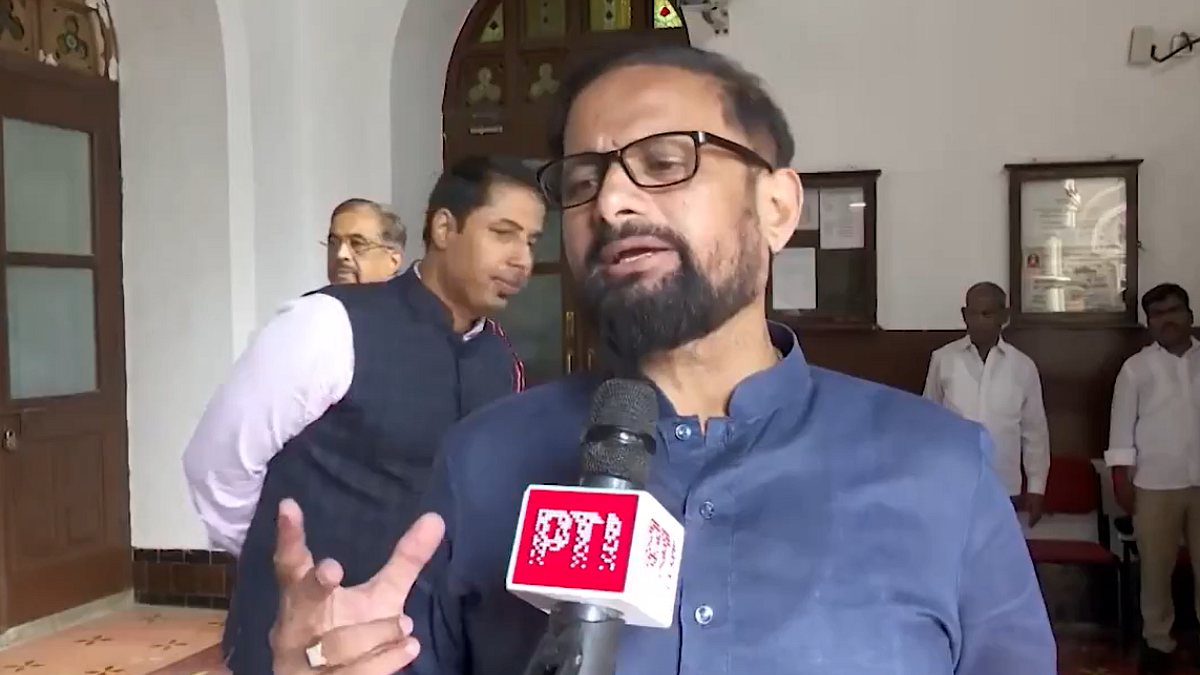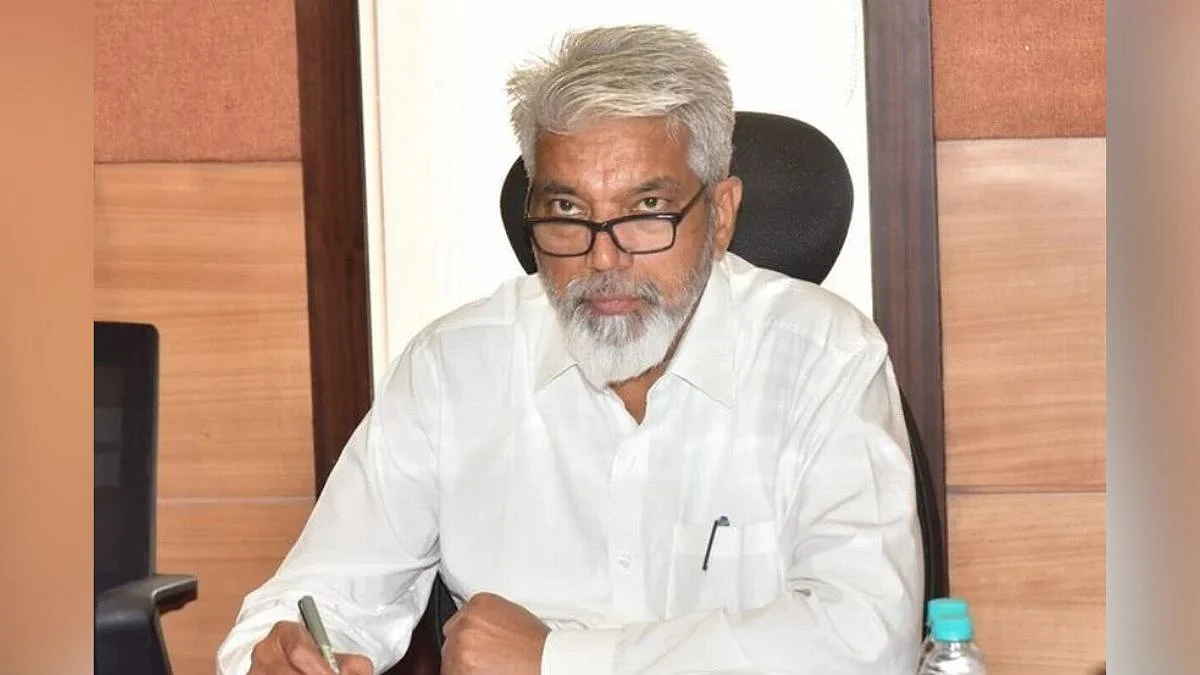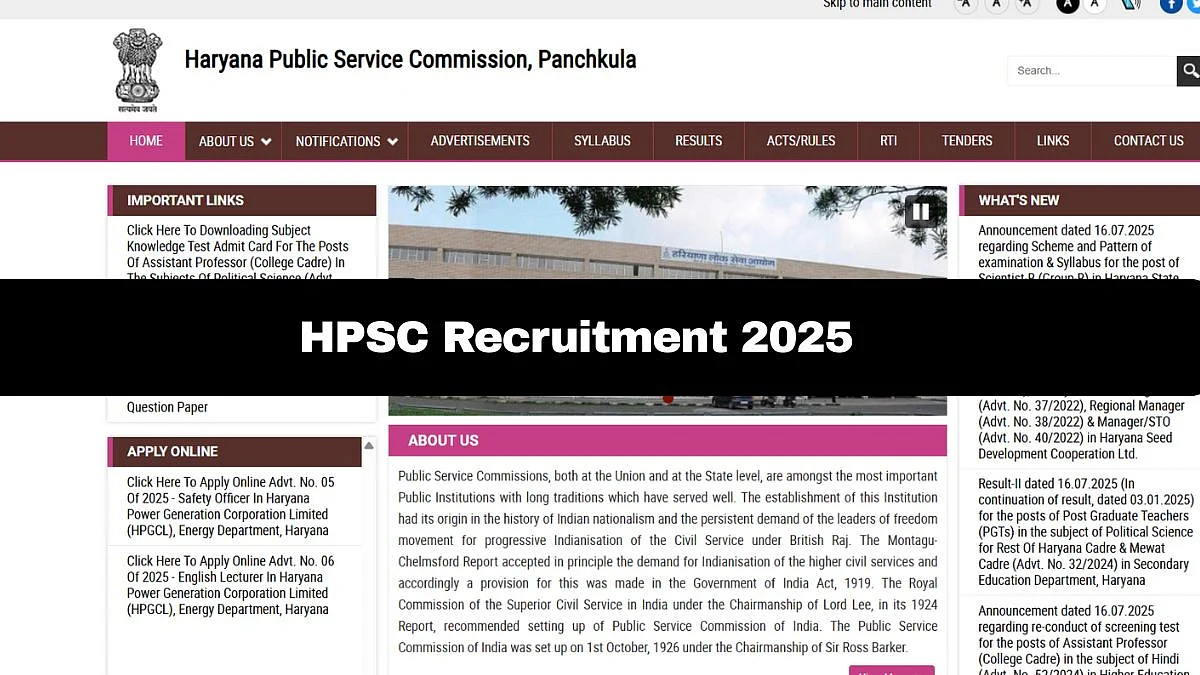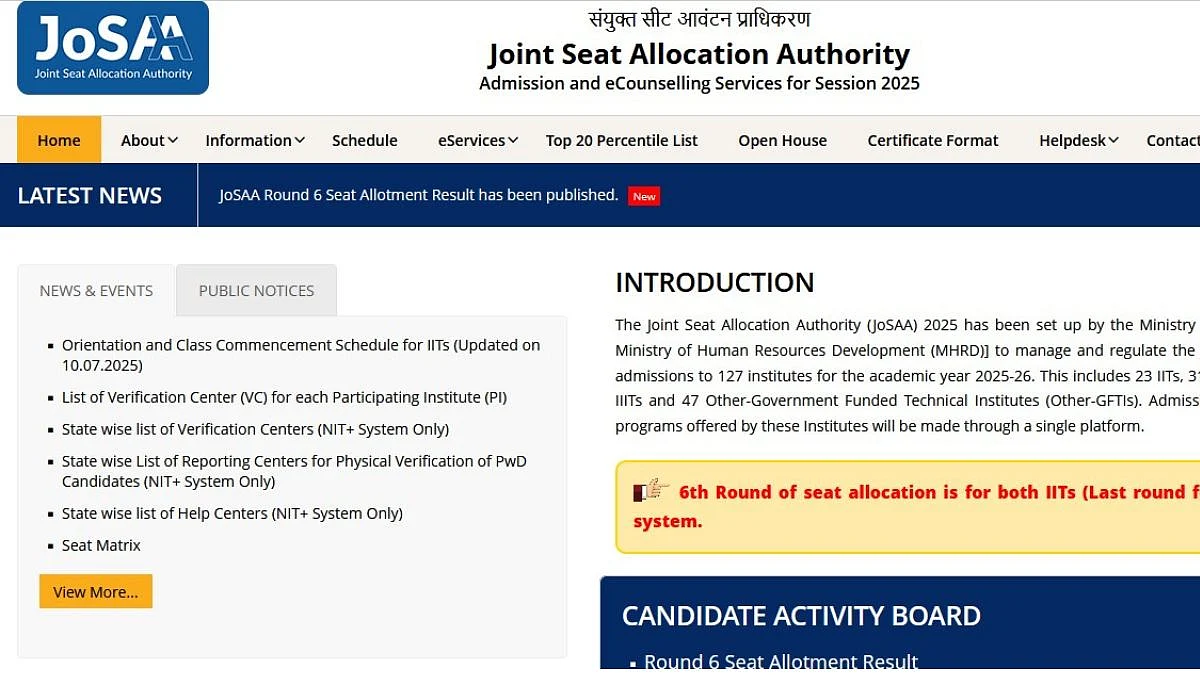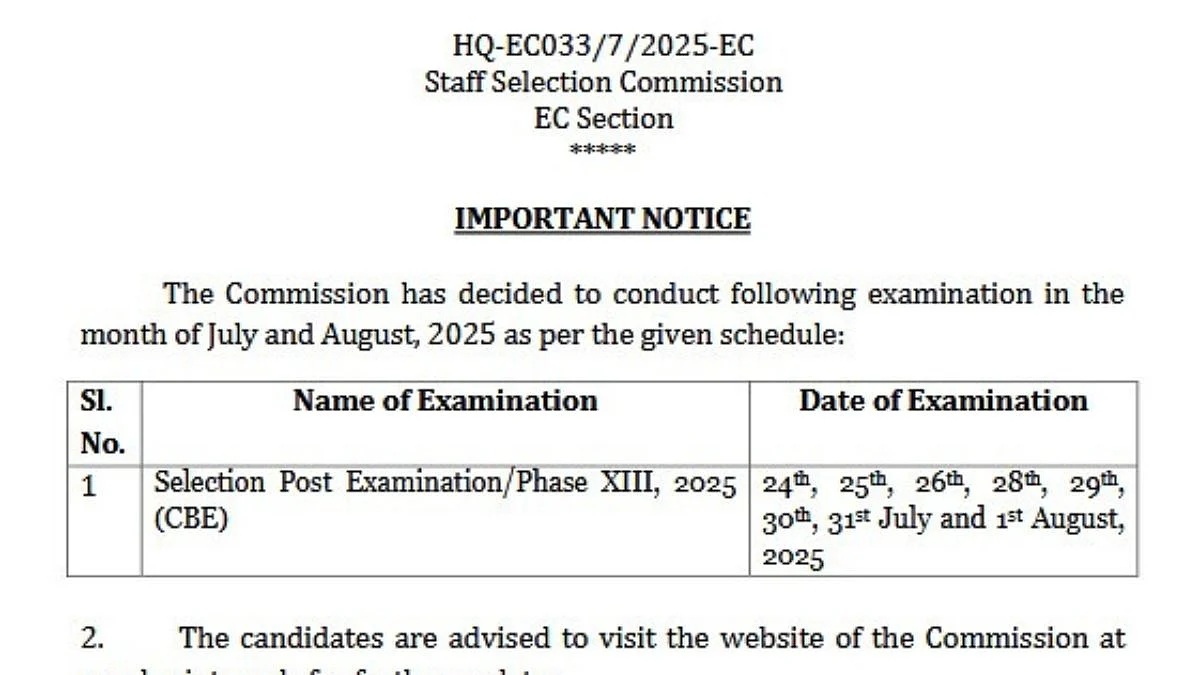Dr. Panchanan Maheshwari, an eminent botanist specialising in plant embryology, morphology and anatomy, plant physiology and biochemistry established the technique of test-tube fertilization of angiosperms.
Born in the Pink City, Jaipur Dr. Maheshwari's invention has allowed the creation of new hybrid plants that could not previously be crossbred naturally.
Another landmark discovery by Dr. Maheshwari was production of haploids using another culture. This discovery initiated a new era in plant biology and formed the path for developing many improved crop varieties.
Being an educator, Maheshwari used to teach Botany at the University of Delhi, establishing that department as a globally important center of research in embryology and tissue culture.
He established the International Society of Plant Morphologists in 1951, and started the international journal Phytomorphology. His research group investigated over 100 families of angiosperms and some gymnosperms in the country.
Dr. Panchanan Maheshwari's Education
Maheshwari studied at Ewing Christian College , Allahabad where he intended to pursue a career in medicine but when came under the mentorship of Winfield Dudgeon, he changed his studies from Medicine to Science.
He received is Bachelor of Science in 1925, then Master of Science in 1931, and finally Doctor of Science in 1931.
Books by Dr. Maheshwari
Dr. Maheshwari’s book, ‘An Introduction to the Embryology of Angiosperms’, published in 1950, is considered as a classic and is one of the most quoted biology texts.
He is also the author of the book ‘An illustrated Flora of Delhi’ - considered an excellent field-guide for everyone.
Affiliated to Ministry of Science & Technology
According to the Department of Biotechnology, Ministry of Science & Technology, Dr. Maheshwari was a member of the Science Advisory Committee to the Cabinet and had great contributions to leading scientific organisations in the country.
Achievements
Maheshwari was elected a Fellow of the Royal Society (FRS) in 1965, he was second Indian Botanist to receive this accolade.
In 1934 he became a fellow of the Indian Academy of Sciences, Bangalore.
The Indian Botanical Society honoured him with the Birbal Sahni Medal in 1958.
He was the General President-elect of the Indian Science Congress Association for 1968, a role he could not fulfil on account of his untimely death on 18 May 1966 at the age of 61.



